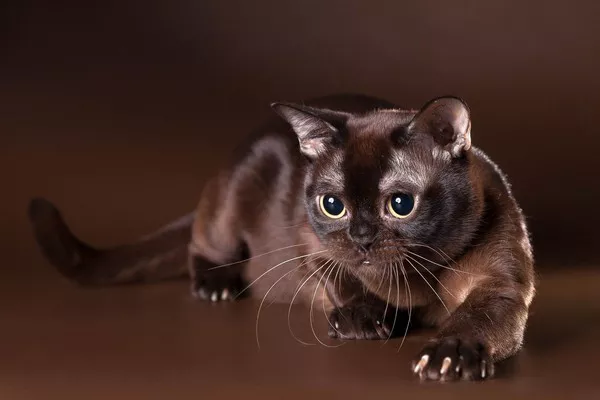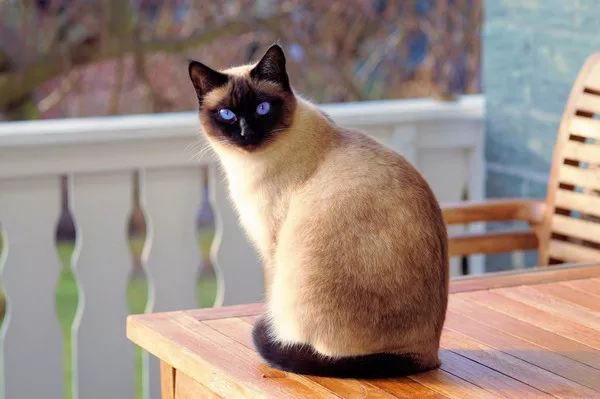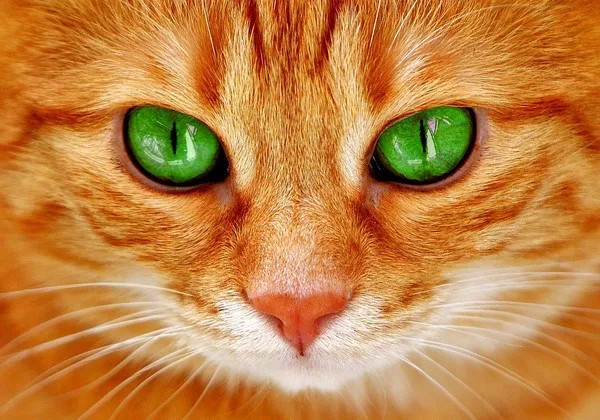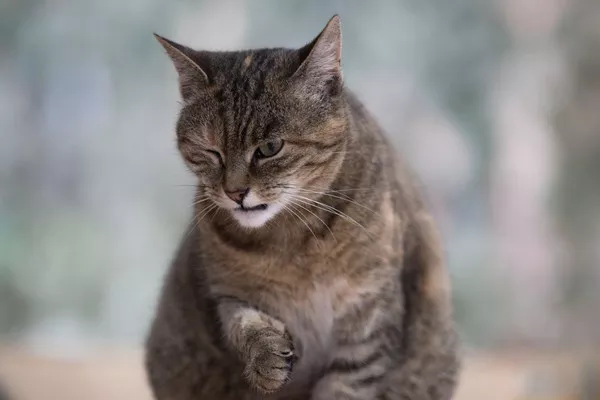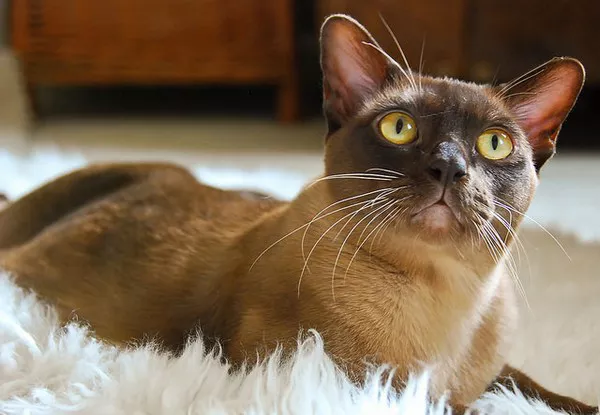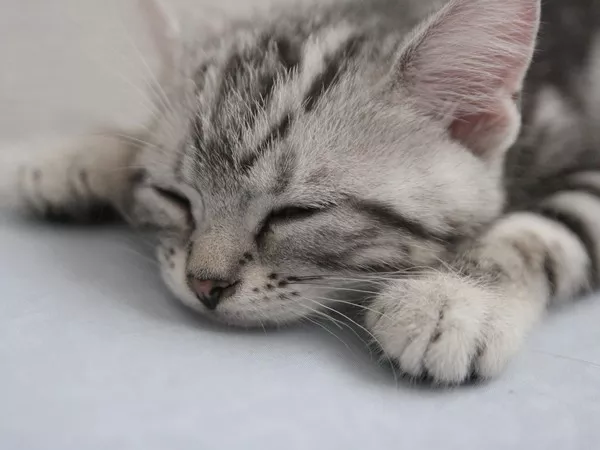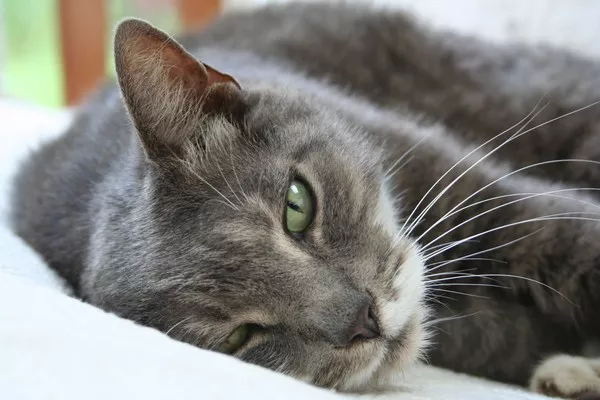Burmese cats are a popular breed known for their affectionate nature and striking appearance. As with all cats, it’s essential to provide your Burmese with a balanced diet that meets their nutritional needs. In this article, we’ll take a closer look at what type of food is best for Burmese cats.
The Importance of a Balanced Diet
Before getting into specifics, it’s important to understand the importance of providing your Burmese cat with a balanced diet. A balanced diet is critical to maintaining your cat’s overall health and well-being. It ensures that they receive the appropriate amount of protein, fat, carbohydrates, vitamins, and minerals necessary to support their body’s functions, maintain a healthy weight, and prevent disease.
Wet vs. Dry Food
One of the most significant debates in cat nutrition is whether wet or dry food is better for cats. Both types of cat food have their advantages and disadvantages, so it ultimately comes down to personal preference and what works best for your cat.
Wet food typically contains more moisture and can help prevent urinary tract issues, which are common in Burmese cats. It can also be more appealing to cats because of its soft texture and strong smell. However, wet food can spoil quickly and can be more expensive than dry food.
Dry food, on the other hand, is more convenient and can be left out for longer periods without spoiling. It also helps promote dental health as chewing the kibble can help remove tartar and plaque from their teeth. However, some cats may not drink enough water when eating dry food, leading to dehydration and urinary tract problems.
It’s important to note that both types of food can be part of a balanced diet for your Burmese cat, and many cat owners choose to feed a combination of both wet and dry food.
Protein Content
Cats are obligate carnivores, meaning they require a diet high in protein to maintain their health. Protein is essential for maintaining muscle mass, supporting their immune system, and promoting healthy skin and coat.
When choosing cat food, look for high-quality protein sources such as chicken, turkey, or fish. Avoid cat food that lists by-products, fillers, or meat meal as the primary protein source, as these are generally of lower quality and less digestible than whole meats.
Fat Content
Fat is an important source of energy for cats and is necessary for the absorption of certain vitamins. However, too much fat can lead to obesity, which is a common problem in Burmese cats.
Look for cat food with moderate fat content, around 10-15%, to prevent excess weight gain. Additionally, choose foods containing healthy fats such as omega-3 and omega-6 fatty acids, which can help promote healthy skin and coat.
Carbohydrate Content
Cats have a limited ability to digest carbohydrates, and many commercial cat foods contain high levels of carbs. While some carbohydrates are necessary to provide energy, too many carbs can lead to weight gain and other health problems.
Look for cat food with low to moderate carbohydrate content, ideally below 10%. Foods with complex carbohydrates such as sweet potatoes, peas, and brown rice are generally better than those with simple carbs like corn or wheat.
Ingredients to Avoid
When choosing cat food for your Burmese cat, there are several ingredients you should avoid. These include:
1. Artificial preservatives, colors, and flavors: These can be harmful to your cat’s health and may lead to allergic reactions.
2. Grains: Many cats are sensitive to grains, which can cause digestive problems and allergies.
3. Meat by-products and meal: These are low-quality protein sources that are often difficult for cats to digest.
4. High levels of carbohydrates: As mentioned earlier, too many carbs can lead to weight gain and other health issues.
5. Excessive amounts of sodium: High levels of sodium can cause hypertension and other health problems in cats.
Burmese cat diseases
Like all cats, Burmese cats can be susceptible to various health issues. Some of the common diseases that Burmese cats are prone to include:
1. Hypertrophic cardiomyopathy (HCM) – a heart disease characterized by thickening of the heart muscle, which can lead to heart failure.
2. Feline infectious peritonitis (FIP) – a viral disease that affects the abdomen or chest, and is usually fatal.
3. Gingivitis and periodontal disease – dental problems that can lead to tooth loss and other health issues.
4. Feline lower urinary tract disease (FLUTD) – a condition that affects the bladder and urethra, and can cause painful urination and blockages.
5. Obesity – Burmese cats have a tendency to gain weight, which can lead to other health issues such as diabetes.
6. Congenital defects – some Burmese cats may be born with certain genetic abnormalities that can affect their health.
Conclusion
In summary, when choosing cat food for your Burmese cat, it’s essential to prioritize a balanced diet that provides the appropriate amount of protein, fat, and carbohydrates. Consider your cat’s individual needs, activity level, and preferences when selecting wet or dry food. Choose high-quality protein sources, moderate fat content, and low to moderate carbohydrate content. Avoid artificial preservatives, colors, flavors, grains, meat by-products, excess carbs, and sodium. By following these guidelines, you can help ensure your Burmese cat maintains optimal health and well-being.

